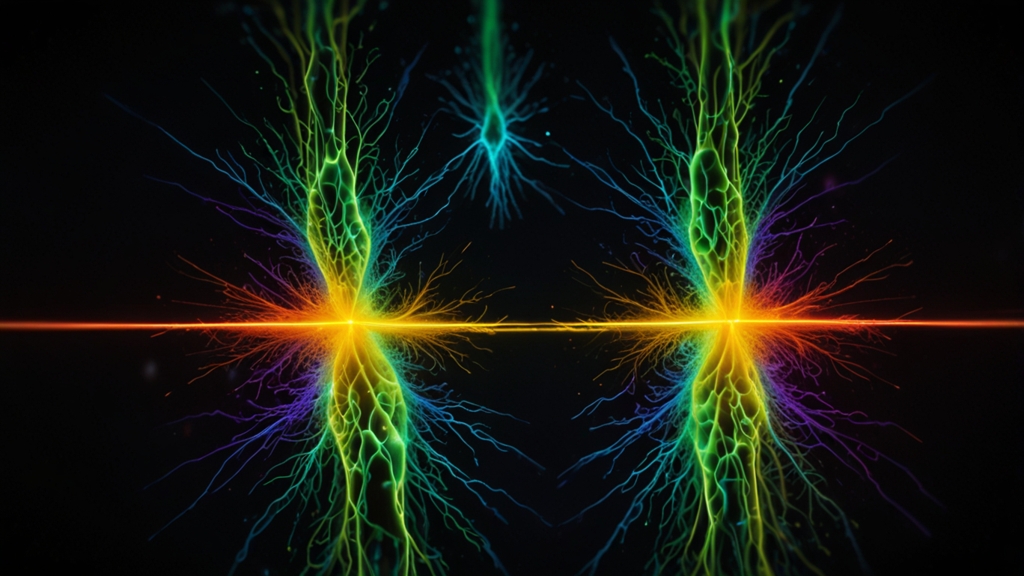Rituals and Rites: Insight into Mesopotamian Religious Practices
Mesopotamian civilization, often called the "Cradle of Civilization," was rich with intricate rituals and religious rites that played a central role in their daily lives. The ancient Mesopotamians worshipped a pantheon of gods and goddesses, each associated with natural elements and human activities. Central to their belief system were rituals and practices that facilitated communication with the divine, ensured social order, and sought divine favor.
The Pantheon of Deities
Mesopotamian religion was polytheistic, with gods and goddesses representing various aspects of life and the natural world. Some of the main deities included Anu, the god of the heavens; Enlil, the god of air and storms; and Inanna, the goddess of love and war. Each city-state had a patron deity to whom they built grand temples.
The grandeur of the ziggurats – towering temple complexes – not only illustrated architectural prowess but also underscored the importance of divine connection in Mesopotamian society. These structures often housed the deity's statue and served as sites of vital religious rituals.
Daily Rituals and Worship
Daily worship in Mesopotamia involved prayers, offerings, and libations. Temples were the heart of these activities, with priests and priestesses conducting elaborate ceremonies that included the recitation of hymns, sacrifices of animals, and presentation of food and drink to the gods. The people believed that keeping their deities satisfied would bring prosperity and protection.
“We present our gods with the finest offerings, For in their favor, our future lies, In their pleasure, our crops rise, Their wrath brings tumult and suffering.”
- Ancient Mesopotamian hymn
Festivals and Seasonal Rites
The Mesopotamians celebrated numerous festivals throughout the year, often tied to agricultural cycles and astronomical events. Among the most significant was the Akitu festival, held in honor of Marduk, the chief god of Babylon, during the New Year. This festival, stretching over 12 days, featured processions, rituals symbolizing the re-enactment of creation, and the reaffirmation of the king’s divine mandate.
Seasonal rites often included the reenactment of mythological stories. For example, the sacred marriage rite symbolized the union of the god of fertility, Dumuzi, and Inanna, ensuring the land's fertility and the community's well-being for the coming year. These rites were vital for the agricultural society, ensuring divine intervention for successful harvests.
Divination and Omens
Understanding the will of the gods was crucial for decision-making in Mesopotamian society. Divination was practiced extensively, with diviners interpreting omens from natural phenomena such as celestial events, the behavior of animals, and unusual occurrences. One of the most systematic practices was hepatoscopy, or liver divination, where the liver of a sacrificed animal was examined for messages from the divine.
The Mesopotamians maintained detailed records of omens, believing that the gods communicated their intentions through these signs. This practice underscored the interweaving of religion with every aspect of life, from personal decisions to state affairs.
Funerary Practices and Beliefs in the Afterlife
Rituals surrounding death and the afterlife were profound in Mesopotamian culture. The dead were often buried with provisions for the afterlife, which they believed was a shadowy existence in the netherworld. Elaborate burial practices and offerings aimed to ensure a smooth transition and favor in the afterlife.
“May you find peace in the House of Dust, Where the light shines dimly, And shadows dance in eternal rest.”
- Epitaph from a Mesopotamian tomb
Conclusion
Mesopotamian religious practices were characterized by their deep integration into daily life, reflecting a culture profoundly connected to its gods. Through meticulous rituals, grand festivals, and intense divination practices, the Mesopotamians sought to understand and influence their world. Their enduring legacy provides a window into one of humanity's earliest civilizations, revealing a complex tapestry of belief, ritual, and divine interaction.









